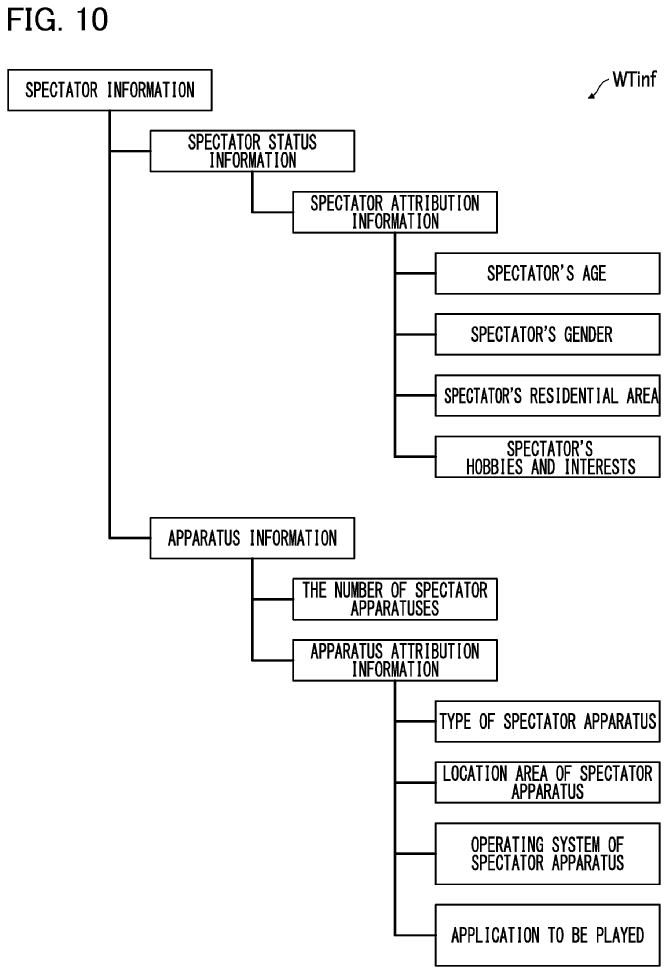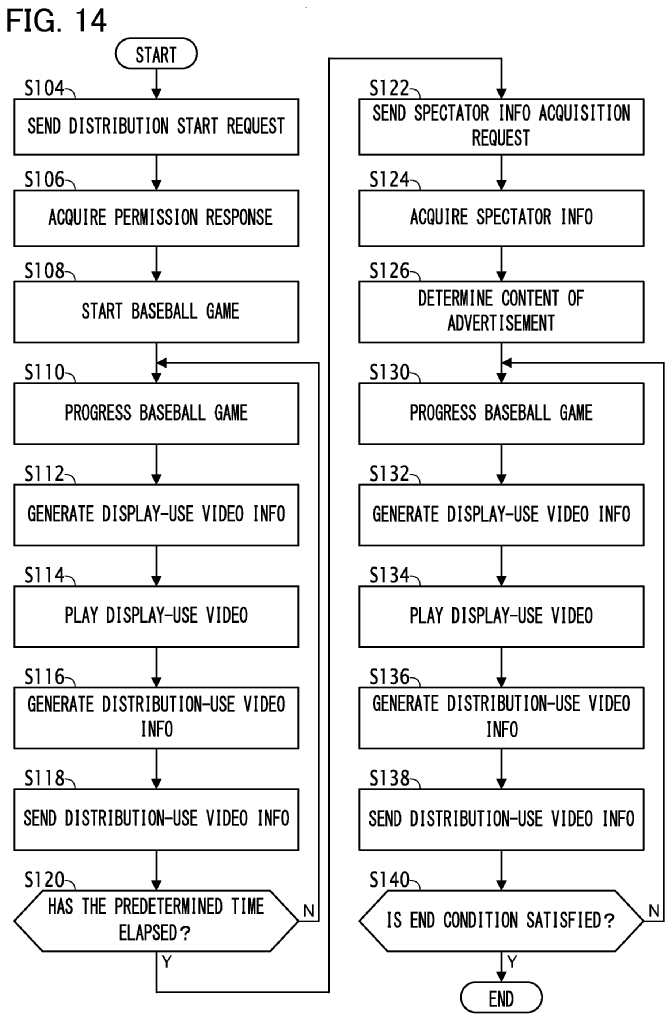
Konami is a giant Japanese entertainment conglomerate and video game company that has dipped its hands in everything profitable. From creating Pachinko machines to developing well-renowned games that changed the gaming scene, Konami has made a big name for itself in the gaming industry. The company has crafted highly-credible titles in the last few decennia.
Konami has a bundle of widely-popular video game franchises under its umbrella, including Metal Gear, Contra, Pro Evolution Soccer, Silent Hill, Castlevania, and Dance Dance Revolution, to name a few. The company has certainly nailed down and set new standards for most genres in video games.
For instance, KONAMI DIGITAL ENTERTAINMENT CO., LTD. recently published a patent to explore the prospects of a new AR-based headset with a highly-innovative dancing game. However, not all patents are good news; some even might be alarming to the gaming community.
Earlier today, we came across a recently published patent from Konami Digital Entertainment Co., Ltd., which discusses the prospects of personalized in-game advertising. The patent notes collecting the data of game spectators to forge personalized advertisements, which has not been explored in the past.
The document cites how previously, ads have been implemented in games, “content of advertisements are controlled without consideration of the presence of spectators watching the computer game video.” The patent attempts to innovate the generation of advertisements in video games. Dynamic advertisements exist in the gaming industry that change to adapt content specific to players.
However, the aforementioned patent discusses using the spectator’s data to provide even more personalized in-game advertisements. The patent seeks to “control the content of an advertisement to be displayed in the virtual space, based on the spectator information.” The virtual space refers to the in-game area; advertisements will have a separate area where they will appear.

The patent uses an example of a baseball game to elaborate the creative idea. The system “acquire spectator information from the distribution system,” which is then utilized to forge advertisements by calculating all the necessary variables of the participating spectators. Variables such as “age, gender, residential area, hobbies, and interests of each of the spectators” will be processed to generate organic in-game advertisements.

The advertisements will be banner advertisements or videos playing in the assigned area. The patent cites, “The banner images are still images or videos of advertisements for commodities.” Moreover, the location of the most populated spectator group will also be tracked.
The patent states, “the location area of each spectator apparatus may be used in preference to the residential area of each spectator, to predict the region or country where the greatest number of spectators live.”
The spectators might be in-game; however, that is not explicitly mentioned. It may track data from websites like Twitch, where viewers may watch a game, and in-game ads might appear for them. Many games do offer the opportunity to be spectators in a multiplayer title.

The amalgamation of different recorded variables of spectators will be calculated to produce the most appropriate advertisements to appeal to the larger audience. This system may prove to be more reliable than just the simple dynamic advertisement system that games like FIFA utilize. However, games without a spectator feature will most likely not be able to integrate it.
The trend of including in-game advertisements is growing at a rapid pace. The patent might not be delighting news for players since it discusses integrating advertisements into the game quite innovatively, however. If implemented, the advertisements will become more fervent by utilizing the data of spectators instead of solely focusing on players.
Thanks! Do share your feedback with us. ⚡
How can we make this post better? Your help would be appreciated. ✍



